Keloids On Belly Button Piercings: A Comprehensive Guide
Know all that you should to fix this common complication associated with belly button piercing.
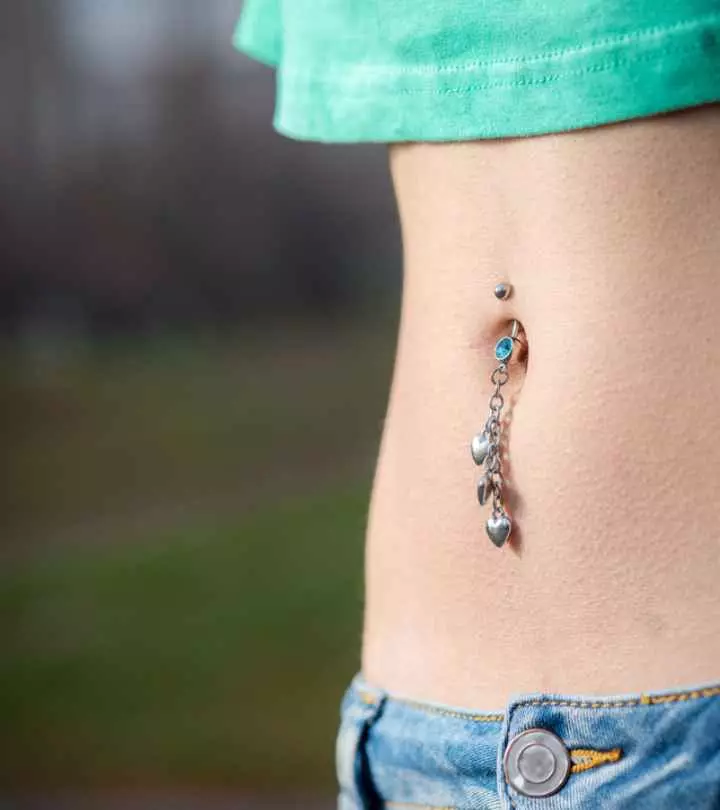
Image: Shutterstock
Belly button piercings have long been a popular form of self-expression. However, as with any other form of body modification, they come with potential risks, one of which is the development of keloids. These are thickened, raised scars that may form during the piercing’s healing process. Unlike regular scars, which typically fade over time and stay within the boundaries of the original wound, keloids grow beyond the site of the injury. They may occur in response to various types of skin trauma, including belly button piercings. Not only can these scars be aesthetically displeasing, but they may also cause discomfort and complications like pain, itching, and burning (1). In this article, we will dive deep into the topic of keloids on navel piercings and explore their signs, causes, treatment options, prevention tips, and more. Scroll down to get started!

In This Article
What Does A Keloid On Belly Button Piercing Mean?
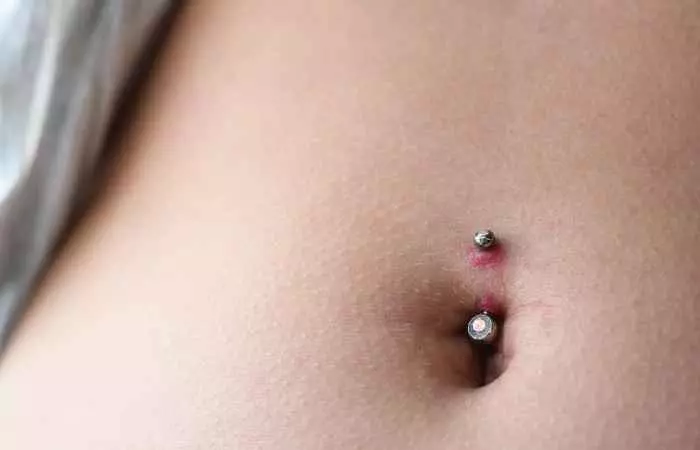
If a keloid develops on a belly piercing, it may signify your body’s exaggerated response to tissue healing (2). Let us explain how this happens.
When you get a belly button piercing, it leads to an open wound on the skin. This signals the body to start its wound-healing process, which consists mainly of three phases – inflammatory, fibroblastic, and maturation (1). During the first phase, the body’s cells release certain enzymes that cause redness, swelling, and heat. White blood cells also migrate to the wound to cleanse the wound of bacteria and debris (3).
Then, during the second phase, skin cells start producing collagen, a structural protein that strengthens the healing tissue. If this phase continues unchecked, and there is no maturation stage, the body’s natural healing process goes awry. This results in collagen formation at a rate 20 times greater than that observed in healthy skin (1). This excess synthesis leads to keloid formation on belly button piercings.
 Did You Know?
Did You Know?There are several ways to tell if a keloid is forming on your belly button piercing. The next section shows you how you can spot it on your own.
Key Takeaways
- A keloid on a belly piercing is an overgrown, raised scar that may be red or pink initially and darken over time.
- The primary cause behind its development is the overproduction of collagen during the wound-healing process. However, it may also occur due to genetic factors.
- Some effective keloid treatment strategies include surgical excision, radiation treatments, silicone gels, laser therapy, and corticosteroid injections.
- Proper aftercare practices, such as cleaning the piercing site with saline solution, avoiding irritants, and using hypoallergenic jewelry may help minimize the risk of keloid formation.
Signs Of A Keloid On Belly Button Piercing
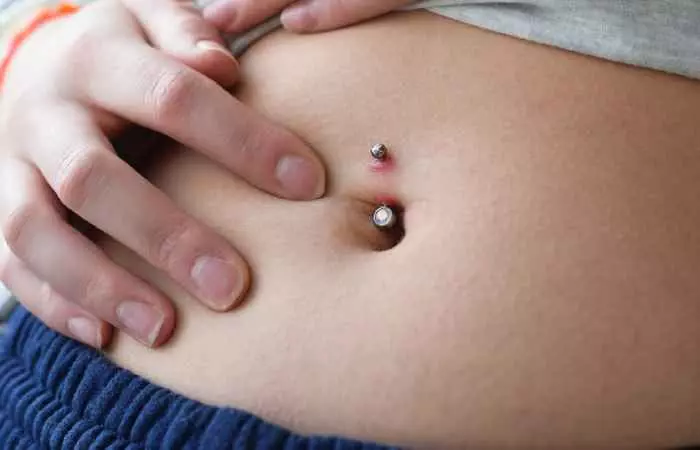
A keloid often takes about 3 to 12 months or even longer to appear after the initial piercing. It also develops slowly and tends to grow progressively larger over time. These are a few signs that can help you identify it quickly and understand the difference between a piercing bump vs keloid:
- It is characterized by raised, thick, and overgrown tissue.
- It extends beyond the boundaries of the actual hole of the piercing.
- It may appear red, pink, or purple.
- With time, it may darken to a shade darker than the surrounding skin.
- It has a hard and rubbery texture.
- It may be accompanied by itchiness or tenderness at the site of the piercing.
It is important to note that not everyone who gets a belly piercing will develop keloids. However, what are the common causes behind them when they do occur? Let us find out in the next section.
What Causes Keloids On Belly Button Piercings?
Experts are not entirely sure about the causes behind keloids. However, as mentioned above, the idea is that they usually occur due to the overproduction of collagen. Apart from this, some other factors may contribute to the formation of a keloid on belly button piercings. They include:
Genetic Predisposition

Research suggests that individuals with darker skin tones who are of Asian, African, and Hispanic ancestry are more likely to develop keloids as compared to light-skinned people who are of European descent. The incidence of developing keloids in the former population ranges from 4.5-16%. Further, it may be higher during puberty, which occurs between 8-13 and 9-14 years of age in females and males, respectively. In addition to this, a positive family history of keloids may also be a risk factor. This means that if you have a first-degree relative who develops keloids, there are some chances that you may get them too. However, the research is not definitive (1).
Improper Aftercare Practices
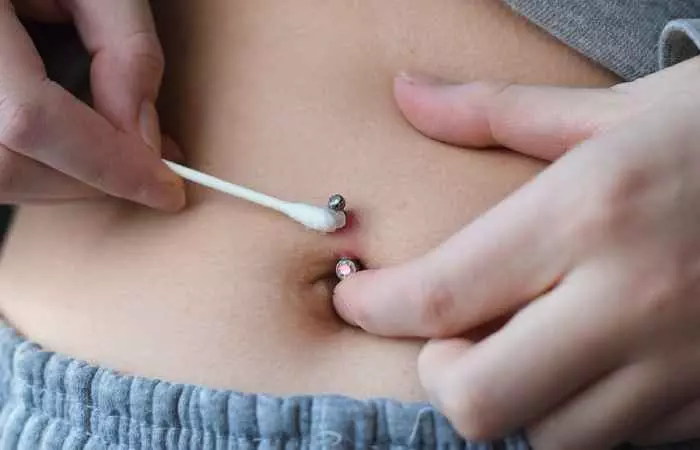
The abnormal wound healing that leads to the risk of keloid formation on belly button piercings is usually a response to skin trauma or inflammation (1). These may occur if your piercing gets stuck in your clothes or gets infected due to the lack of diligent aftercare practices. Therefore, it is important to follow all the aftercare instructions provided by your piercer, such as using saline solution to clean your piercing two times a day to prevent bacterial growth.
Allergic Reactions To Jewelry

Inflammation, linked to the risk of keloid formation, may also occur if you develop an allergic reaction to your piercing jewelry. One of the most common metals that may lead to this is nickel. While it is not a direct metal used to manufacture piercing jewelry pieces, it may be added to precious metals like gold to form an alloy (5). Therefore, if you have sensitive skin or are allergic to nickel, it is recommended to use nickel-free and hypoallergenic jewelry.
Getting a keloid scar on belly button piercings can be a bummer. However, you can alleviate the frustration associated with them simply by finding ways to prevent them. Wondering how you can do so? Check out the next section.
Proper aftercare of your fresh piercing may help minimize the risk of developing a keloid. Here are some tips you may follow for it:
- Ensure your piercing is done by a professional piercer who is experienced in navel piercings and who uses proper techniques and sterile equipment to reduce the risk of infections.
- Clean the piercing at least two times a day with a saline solution or mild, fragrance-free soap. You may also use self-drying silicone gel to keep the area clean and prevent irritation.
- Avoid exposing the piercing to irritants such as perfumes, heavily fragranced lotions, and harsh cleansers that may irritate the piercing site and delay its healing.
- Wear loose-fitting clothing around the navel area to prevent friction and irritation.
- Do not rotate or twist the jewelry during the healing process, as this may disrupt the healing tissues and cause irritation.
- Avoid unnecessary touching of the piercing and do not let others touch it as doing so may expose it to infection-causing germs.
- Opt for high-quality, hypoallergenic jewelry made of materials such as surgical stainless steel or gold, and avoid metals such as nickel that may cause allergies or irritation.
- Avoid swimming in pools, hot tubs, and other bodies of water during the initial healing period to reduce the risk of infections.
Following all these tips may promote the healthy healing of your belly button piercing and prevent keloid formation. However, if you have keloid-prone skin or a family history of it, the only surefire way of preventing a keloid around belly piercings is by not getting the piercing done.
If you suspect that you have developed a keloid on your belly button piercing, it is advisable to seek guidance from a dermatologist. They can help you assess its severity and recommend appropriate treatment options. Some of them are discussed in the following section.
How To Get Rid Of Keloids On Belly Button Piercings?
Here are some methods your medical professional may recommend for treating or reducing the appearance of keloids on your belly button piercing.
Corticosteroids
This anti-inflammatory medicine is usually considered the first line of treatment and is available as an intralesional injection (directly delivered into the keloid). Your doctor may ask you to take these injections every 4-6 weeks and even combine them with other treatment methods. Corticosteroids may also be available as tapes or topical ointments, which may help reduce the itching and burning sensation due to keloids (1).
 Did You Know?
Did You Know?Cryotherapy
It involves cycles of freezing the keloid for a short period, typically 10 to 20 seconds, and then allowing it to thaw. This cycle of freezing-thawing helps eliminate the keloid. There are different ways to deliver the freezing treatment, such as spray or direct contact. However, it is important to note that you may require multiple cryotherapy sessions for the treatment to be effective. People with darker skin tones may also experience unwanted pigmentation after the treatment (1).
Surgical Excision
Your dermatologist may also recommend that you surgically remove keloids. However, with the keloid removal procedure, there is a 45-100% chance that it may come back. Since this possibility is so high, doctors often combine it with additional treatments, steroid injections, and radiation therapy (1).
Radiotherapy
It employs high-energy radiation to target and kill keloid-causing cells. It is generally used as an additional treatment within 24-28 hours of surgical excision of keloids. However, the use of this method requires careful consideration in people younger than 18 as it is linked to the increased risk of cancer (1).
Laser Treatment
Research suggests that using two different lasers in successive sessions may be an efficient keloid treatment. The two lasers used for this include one with light at 585 nanometers and another with light at 1065 nanometers. Their use may help make keloids less raised and smaller over time (1).
Compression Treatments
Compression garments apply continuous and controlled pressure that may control the formation of keloids (7). These are also available in the form of tapes that are easy to put over the belly button.
Silicone Gel Sheets
Your doctor may ask you to use topical silicone gel sheets for belly button keloids. They are made of medical-grade silicone, and you can apply them directly on the keloid. Research suggests that they may help improve its color and thickness. However, they may also cause side effects such as itching and irritation (8).
Oil Treatments
Anecdotal evidence suggests that rubbing a moisturizing oil such as avocado oil on a keloid and massaging it may be a low-impact treatment for it. Doing this may soften the keloid and help diminish its appearance over time. However, there is no scientific evidence supporting this claim.
You may also use home remedies such as tea tree oil, aspirin, and honey for the removal of keloid from your belly button piercing. However, they may not be efficient as they have no scientific backing. That said, it all depends on your personal experience. For instance, Hyokii, a Canadian blogger, shared that she treated keloids on her belly piercing with crushed aspirin and water paste. In one of her blog posts, she wrote, “It started working and my keloid went down slowly. I also heard that some people add some sea salt in the mixture, so I did that, and it went down significantly (i)!”
Seeking professional advice is important before choosing any of these methods to ensure that it is suitable for your specific case. Along with this, it is important to consider the cost of these treatments, as they all come with varying price tags. The following section will give you a better insight into the belly button piercing keloid treatment cost.
Cost Of Removing A Keloid From A Belly Button Piercing
The cost of removing navel piercing keloids may vary depending on several factors and the most important of them is the specific method used for removal. For instance, the cost of corticosteroid injection for treating keloids on belly piercings may be somewhere around $150-200. However, since this method of treatment requires various injections at an interval of 4-6 weeks, it may cost you even more. Similarly, a single cryotherapy session may range anywhere from $200-300. If you opt for a surgical procedure, it may cost even more, ranging from a few hundred to several thousand dollars.
One thing you should note here is that the cost of these treatments may also vary according to your location and the expertise of the healthcare professional performing the procedure. Also, there may be some additional costs involved. For instance, when it comes to the surgical removal of a keloid on navel piercings, the procedure may include the cost of anesthesia used during the process and other follow-up treatments, along with the doctor’s fee. Therefore, it is important to consult with a healthcare provider for an accurate cost estimate before deciding on a treatment method.
Many people have misconceptions about keloids. Understanding the truth behind these myths can help ease any fears and prevent you from trying harmful remedies. Keep reading to know more!
Common Misconceptions About Keloids
Here are some of the most common misconceptions about keloids:
- Myth: Keloids are cancerous.
Truth: Many people think keloids are linked to cancer, but that is not true. They are simply overgrown scar tissue and have no connection to cancer or anything contagious. - Myth: Rubber bands can remove keloids.
Truth: Using rubber bands can actually make things worse by causing more injury, leading to bigger scars, infections, and even pain. - Myth: Every piercing bump is a keloid.
Truth: Not every bump from a piercing is a keloid. Piercing bumps are usually small scars or irritations, while keloids grow beyond the original wound and look much more prominent. - Myth: Keloids can be removed forever.
Truth: A common belief is that keloids can be completely removed, but sadly, they often come back. Treatments may help reduce their size or flatten them, but don’t guarantee that they’re gone for good. - Myth: All scars turn into keloids.
Truth: Not every scar becomes a keloid. Some people are more prone to keloids due to genetics, but even they do not develop keloids from every single injury.
A keloid is a raised overgrowth of scar tissue that may be red, pink, or purple and turn darker over time. Common risk factors include your genetic history, improper aftercare practices, and allergic reactions to jewelry. The best way to prevent the risk of getting a keloid on belly button piercings is by ensuring that you take care of your healing navel piercing well. Follow the aftercare instructions provided by your piercer, such as not touching the piercing with dirty hands and cleaning it with a saline solution. If you notice any signs of keloid development, such as raised, thickened scars extending beyond the original piercing site, it is a good idea to consult with a healthcare professional. While a keloid scar on belly button piercings may be challenging to treat due to its high recurrence rate, you may still opt for various treatment methods.
Frequently Asked Questions
How can I distinguish between a keloid and a normal healing process for my belly button piercing?
You can distinguish between keloid formation and the normal healing process of your belly button piercing by simply looking at it. A keloid is thick and raised in appearance and extends beyond the original piercing site. They also tend to grow in size over time. On the other hand, a normal healing process only involves some redness, swelling, and tenderness that gradually improves.
Can keloids on belly button piercings go away on their own?
No, keloids on belly button piercings do not go away on their own as research suggests that these scars do not regress (9). This means that they will not reduce in size or completely go away without proper treatment.
Can I get my belly button re-pierced after keloid removal?
Ideally, you may get your belly button re-pierced after keloid removal if your skin has healed. However, you should always seek expert advice before doing so keloids may recur even after removal (10).
The development of keloids on piercings is a common complication. If you suspect that you have one on your belly button piercing and are looking for a way to get rid of it, this video talks about the same. Click on the play button to get started.
Personal Experience: Source
StyleCraze's articles are interwoven with authentic personal narratives that provide depth and resonance to our content. Below are the sources of the personal accounts referenced in this article.
(i) Belly button piercing update: June 2014
https://babogongjuu.blogspot.com/2014/06/belly-button-piercing-update-june-2014.html
References
Articles on StyleCraze are backed by verified information from peer-reviewed and academic research papers, reputed organizations, research institutions, and medical associations to ensure accuracy and relevance. Read our editorial policy to learn more.
- Keloid
https://www.ncbi.nlm.nih.gov/books/NBK507899/ - Keloids – a frustrating hurdle in wound healing
https://www.ncbi.nlm.nih.gov/pmc/articles/PMC7951298/ - Principles of wound healing
https://www.ncbi.nlm.nih.gov/books/NBK534261/ - Keloids: a review of therapeutic management
https://www.ncbi.nlm.nih.gov/pmc/articles/PMC7940466/ - Contact sensitivity to nickel and other metals in jewelry reactors
https://pubmed.ncbi.nlm.nih.gov/10863220/ - Intralesional agents in dermatology: pros and cons
https://www.ncbi.nlm.nih.gov/pmc/articles/PMC8611707/ - Pressure garments in the prevention and treatment of keloids
https://pubmed.ncbi.nlm.nih.gov/6625526/ - Topical silicone sheet application in the treatment of hypertrophic scars and keloids
https://www.ncbi.nlm.nih.gov/pmc/articles/PMC5104309/ - Hypertrophic scarring keloids
https://www.ncbi.nlm.nih.gov/books/NBK537058/ - Keloids: which types can be excised without risk of recurrence? A new clinical classification
https://www.ncbi.nlm.nih.gov/pmc/articles/PMC7253266/
Read full bio of Rodrigo Casco
Read full bio of Gracia Odile
Read full bio of Subhrojyoti Mukherjee
Read full bio of Vaishali Sinha








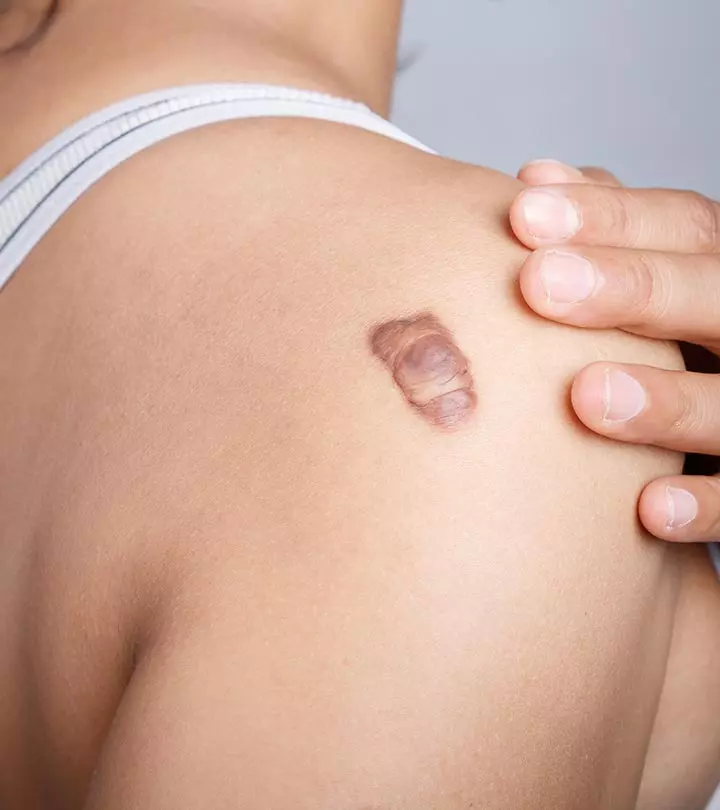

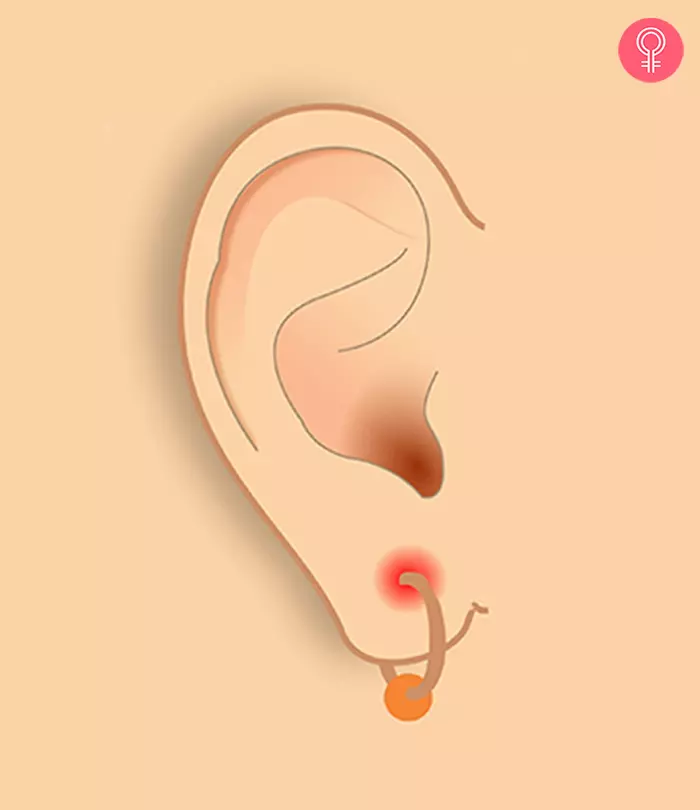
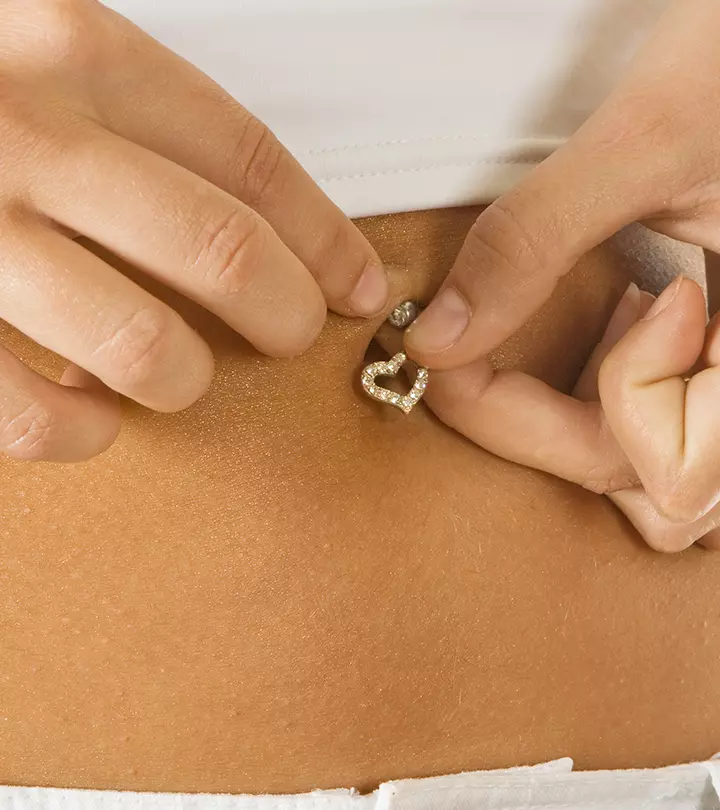
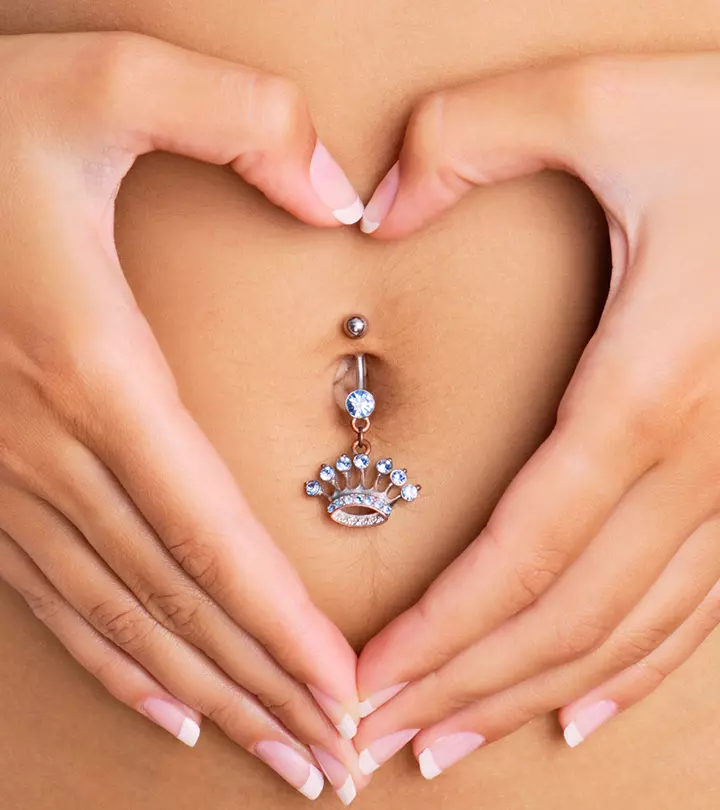
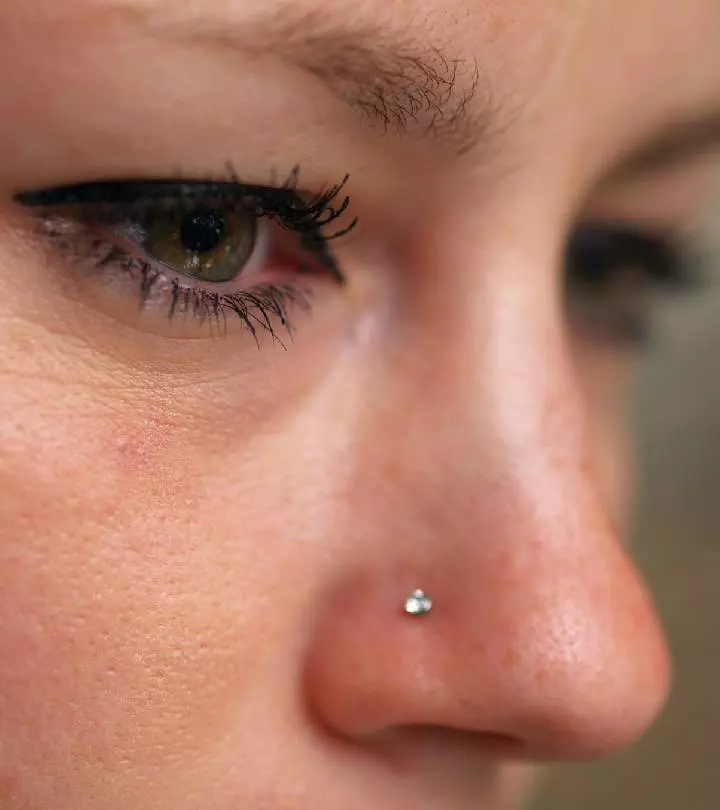
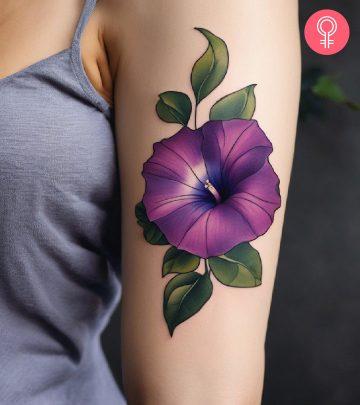



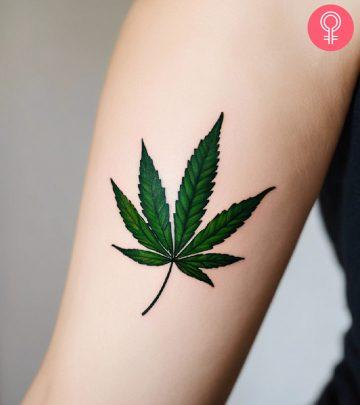
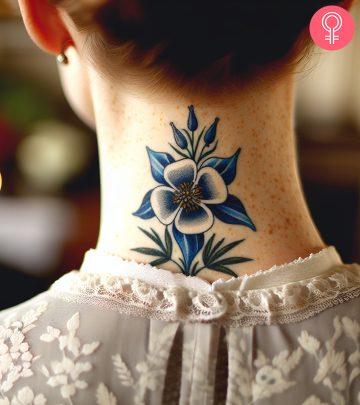

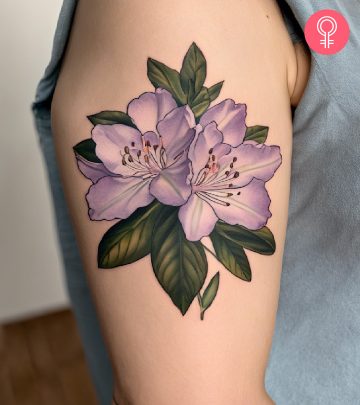

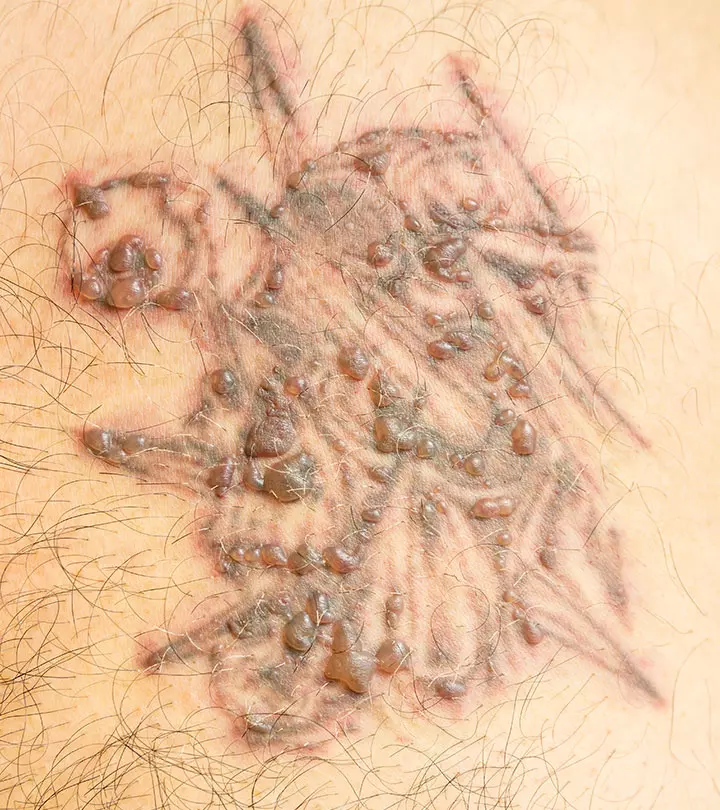
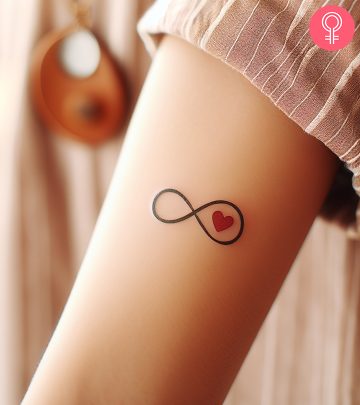

Community Experiences
Join the conversation and become a part of our empowering community! Share your stories, experiences, and insights to connect with other beauty, lifestyle, and health enthusiasts.